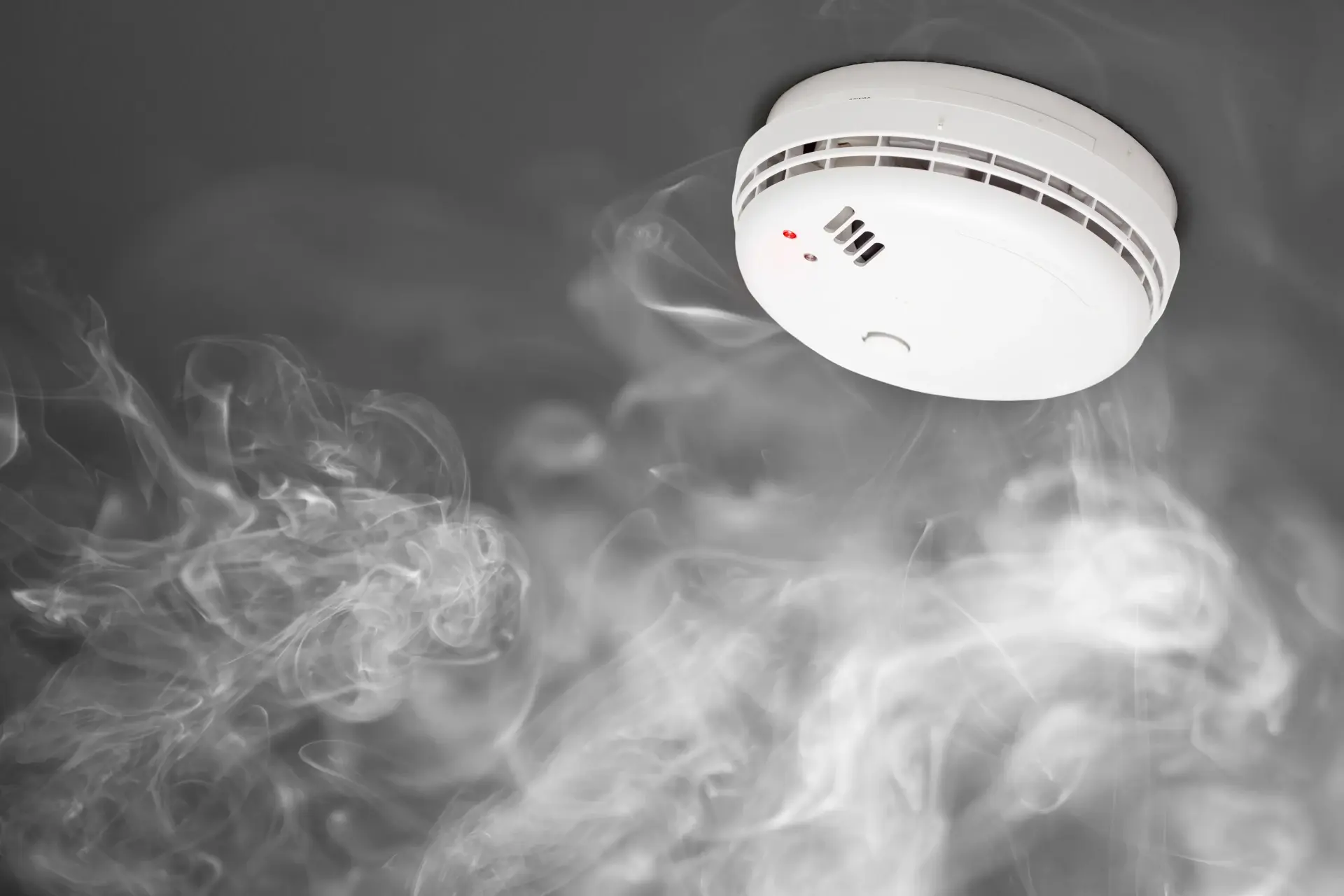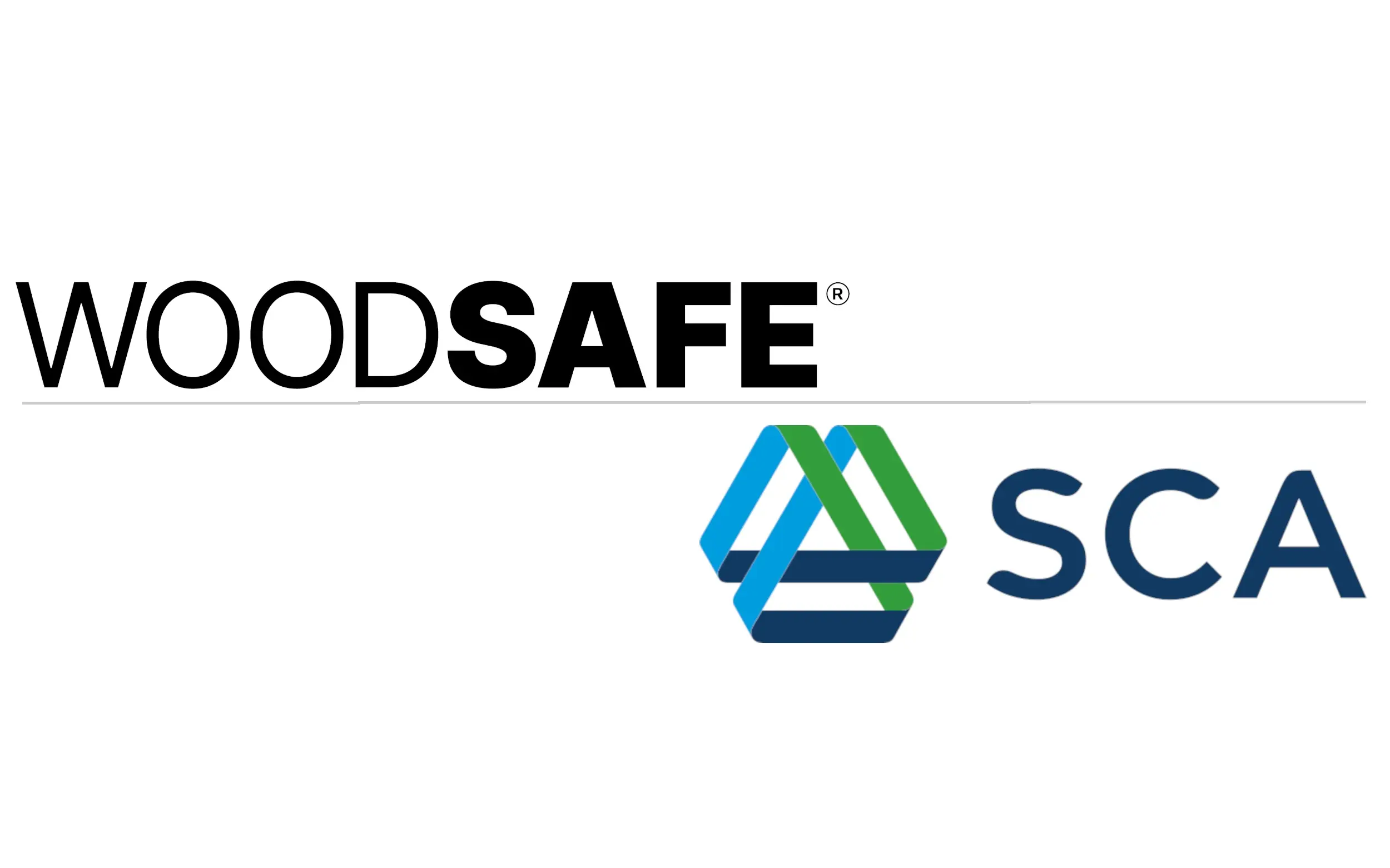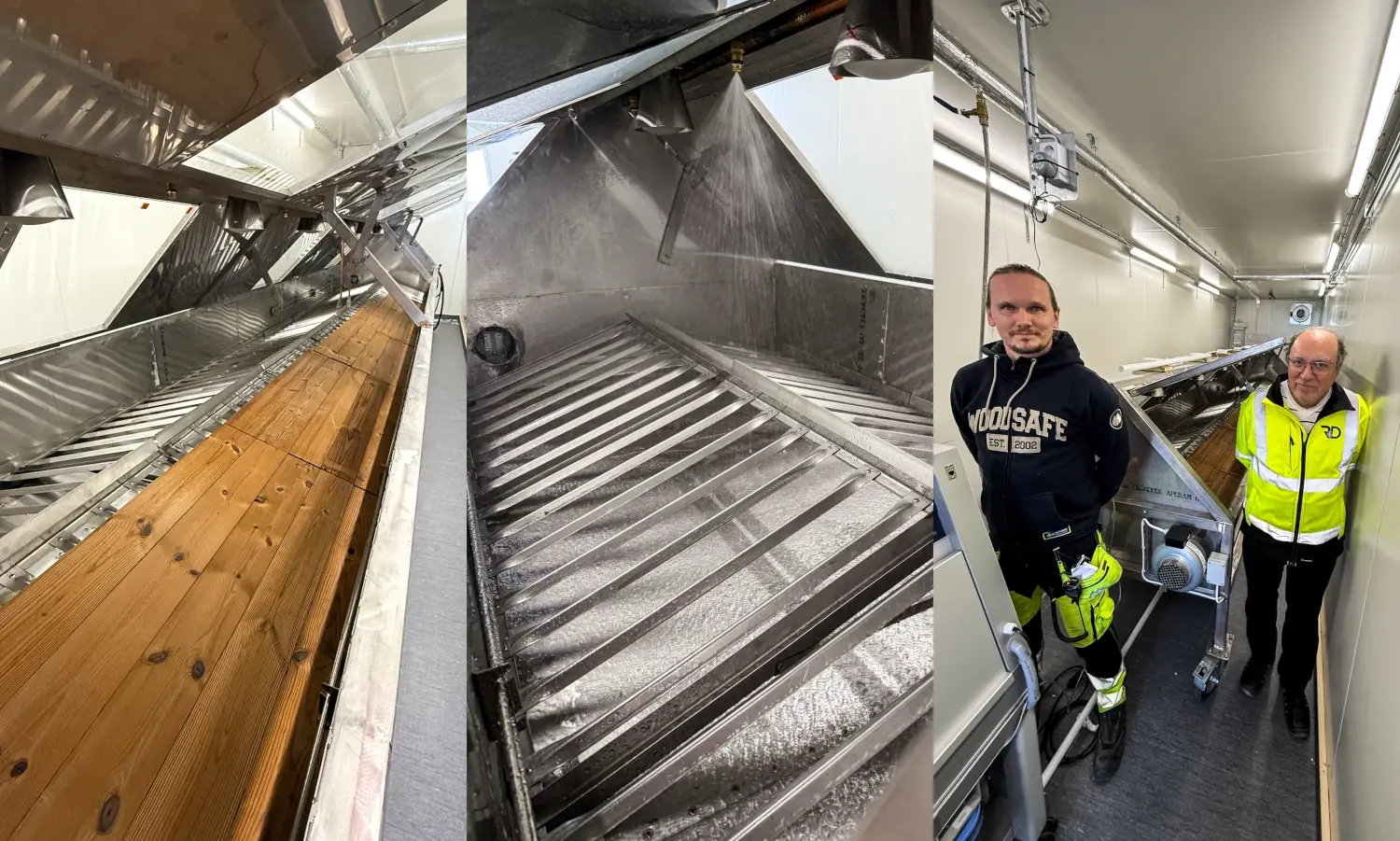Smoke production
The cause of smoke production can be many. Factors that influence are, among other things, the characteristics of the type of wood itself, for example the content of lignin and extractive substances and surface treatment. In fact, the smoke kills more people than the fire itself, so you should always avoid smoke and never go out into a smoke-filled area. Remember, do the right things in the right order: Rescue – Warn – Alarm – Extinguish.

Fire class is one thing, smoke production is another, which is affected by several factors
Low smoke production index values are very important in closed spaces and in all interior spaces, whether they are in buildings or in the transport sector such as boats, trains, buses or airplanes. Prescribing B-s1,d0 as a facade cladding requirement in Sweden is not unusual but becomes very confusing as BBR prescribes SP FIRE 105 which does not measure smoke production at all. In all interior environments with critical activities and the highest activity class, B-s1,d0 is always prescribed as a product property requirement and this applies to the entire product, including surface treatment.
Did you know that?
The development of smoke is in many ways a greater risk than the fire
Index for smoke
According to the Euro classification system for smoke, the classes are -s1, -s2 and s-3 and where -s1 generates minimal smoke and thus the best classification. To achieve -s1, the TSP (Total smoke production) must not exceed the limit value <50TSP. It is important to understand that the classification of the product's smoke index includes the mounting condition and any other treatments such as varnish, paint, stain, oil, laminate and more.
In addition to this, each individual type of wood generates more or less smoke, which in itself means that some types of wood do not pass the -s1 class at all, depending on the type of wood's own properties. Our recommendation is to always check the overall performance of the product.
Worth checking:
Wood type, mounting conditions, surface treatment, air gap and substrate.



